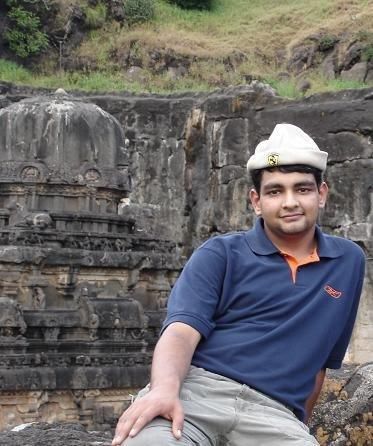


me
links
About me
MNNIT
<
Bajaj Auto Limited
Parametric Technology Corporation
Leeds University Business School
archives
January 2005
* * *
February 2005
March 2005
April 2005
May 2005
June 2005
July 2005
September 2005
October 2005
November 2005
December 2005
January 2006
February 2006
March 2006
April 2006
May 2006
June 2006
July 2006
August 2006
September 2006
October 2006
November 2006
December 2006
January 2007
February 2007
March 2007
May 2007
June 2007
November 2007
December 2007
January 2008
February 2008
April 2008
June 2008
Friday, February 15, 2008
F1 car is made up of 80,000 components, if it were assembled 99.9% correctly, it would still start the race with 80 things wrong!
When an F1 driver hits the brakes on his car he experiences retardation or deceleration comparable to a regular car driving through a BRICK wall at 300kmph!!!
F1 car can go from 0 to 160 kph AND back to 0 in FOUR seconds!!!!!!!
F1 car engines last only for about 2 hours of racing mostly before blowing up on the other hand we expect our engines to last us for a decent 20yrs on an average and they quite faithfully DO....thats the extent to which the engines are pushed to perform
An average F1 driver looses about 4kgs of weight after just one race due to the prolonged exposure to high G forces and temperatures for little over an hour
At 550kg a F1 car is less than half the weight of a Mini.
In a street course race like the Monaco grand prix, the down force provides enough suction to lift manhole covers. Before the race all of the manhole covers on the streets have to be welded down to prevent this from happening
The refuelers used in F1 can supply 12 liters of fuel per second. This means it would take just 4 seconds to fill the tank of an average 50 liter family car. They use the same refueling rigs used on US military helicopters today.
TOP F1 pit crews can refuel and change tyres in around 3 seconds. It took me 8 sec to read above point
During the race the tyres lose weight! Each tyre loses about 0.5 kg in weight due to wear.
Normal tyres last 60 000 - 100 000 km. Racing tyres are designed to last 90 - 120 km.
A dry-weather F1 tyre reaches peak operating performance (best 20grip) when tread temperature is between 900C and 1200C.(Water boils at 100C remember) At top speed, F1 tyres rotate 50 times a second.
Knock Knock Knock .. Anybody there ?